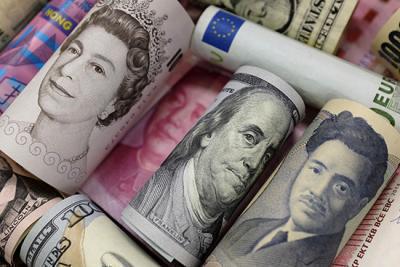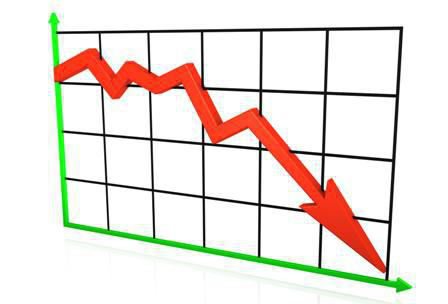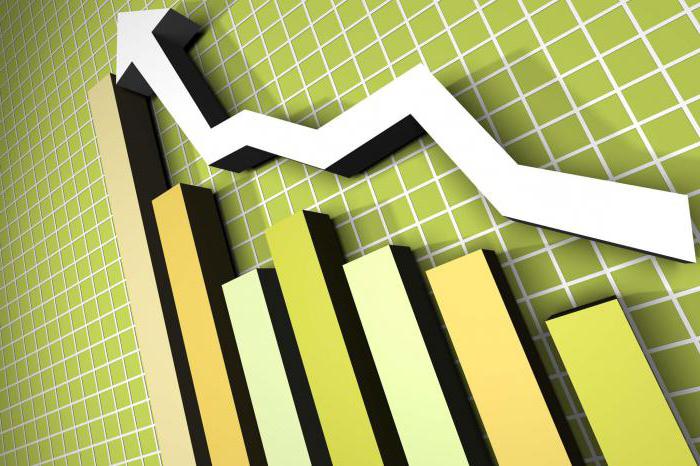Gross World Product (GMP) is the most important indicator by which the state and dynamics of the development of the entire global economy are assessed. In addition, the WMF shows the role of individual national economies and entire regions in global production.

World Economy: General Provisions
The world economy (a synonym - the world economy) is a holistic, but at the same time mobile and constantly changing system, which consists of national economies connected by political and economic relations. The functioning of this system is subject to its own rules, laws and regulations. They regulate relations between countries and multinational companies.
The world economy is a special area of scientific knowledge. Its main goal is to study the development and change in the level of both general production and the production of hotel countries, as well as trends in consumption, exchange and distribution of wealth.
Gross World Product and GDP
The gross world product is the sum of all final services and goods that were produced by all national economies in one year. In other words, this is the sum of all GDP (gross domestic product). Therefore, in order to make the correct calculation of VMP, you need to know the national GDP, which are calculated on the basis of the system of national accounts (abbreviation SNA).
The SNA was developed in the fifties of the twentieth century by UN economists to bring together the economic performance of various countries in a single understandable system. SNA is a generally accepted calculation scheme, which transparently and unifiedly reflects all the main indicators of production, use and distribution of income of individual national farms. Based on the data of the system of national accounts, a list of countries by GDP is compiled.

All UN member states that are members of the World Bank and IMF are committed to systematically reporting GDP data calculated on the basis of the principles of the SNA. The first steps to introduce Russia into this system were taken back in 1988. The system of national accounts is constantly being improved, while its main indicator is GDP, the depth of understanding of the general state of the economy (both a single country and the world) and its further development depend on the accuracy of its calculation.
The VMP indicator is determined by summing up national GDP, which are calculated in three main ways: by income, by production, and by expenditure. The results obtained are linked together and are included in the SNA, therefore their values are, as a rule, identical. GDP is calculated by quarters and per year. For economists, it is important not only the magnitude of the gross product, but also the dynamics of its change: growth or decline. This helps to make short and long term forecasts.
GDP by income
It is the mathematical sum of all income that a country received over a certain period from the production of services and products. Revenues include:
- salary of employees;
- private business income;
- corporate profits;
- income from loan capital (interest on capital that participated in the production of GDP);
- rental income (rental property, land);
- depreciation charges to offset the depreciation of funds involved in the creation of GDP;
- Indirect taxes that the state uses to generate income (VAT, all kinds of excise taxes, as well as customs duties).
GDP by expenditure
All expenses for the purchase of products that were produced by the national economy for the estimated period of time are summarized. Account items include:
- consumer expenses (purchase of services and goods);
- state expenses (purchase of resources, state orders, salaries of civil servants)
- total investment of private owners in the economy;
- net exports (the difference between national exports and imports).

GDP by industry or industry
It is a summarized value added of all industries (industries) of the country for a certain period of time.
The added value of an individual industry is the difference between the cost of manufactured products and the cost of their production: taxes, salaries, deductions for depreciation. This method of calculating GDP illustrates in detail and clearly the contribution of individual national industries to the creation of a country's GDP.
Alternative method of calculating VMP
To unify the data and simplify the calculations of GDP and VMP, a single currency unit is used - the American dollar. But the data obtained in this way do not claim to be perfect. The fact is that in countries with a weak economy, their own currency is too low in relation to the dollar. In addition, in such states, a large share of the economy is in the shadow and cannot be correctly taken into account in the national GDP.
To mitigate this error, economists have developed a mechanism for determining GDP based on the calculation of the purchasing power parity of national currencies. If you rephrase, it reveals how much you can buy certain products and services in the studied country. Parity is calculated according to the generally accepted basket, which includes eight hundred services and goods, about three hundred investment goods and twenty construction objects.
This method allows you to look differently at the list of countries by GDP. An example for comparison: when calculating at the current dollar exchange rate, the share in the global economy of Japan is 15.7%, China - 4.4%, India - 1.5%, but when calculating by purchasing power parity, the numbers change dramatically, the share of countries in the WMP the following: Japan - 8.4%, China - 12%, India - 4.1%.
VMP development dynamics
As already mentioned, the gross world product is a key indicator for understanding macroeconomic processes in the global production and distribution of goods. VMP indicators accurately characterize the state of individual economies, countries and regions. By the rate of growth or decline, you can easily determine when the world economy or national economies were in periods of prosperity or crisis.
VMP dynamics shows the following steady trends:
- The global economy is constantly growing.
- The growth of national economies is different: developed countries increase GDP much more slowly than developing ones.
- Especially rapidly developing countries in the Asian region, North Africa and the Middle East.
- The world economy is periodically shocked by crises. So, during the crisis that occurred in 2008-2009, GDP growth slowed significantly even in rapidly developing Asian countries, and in the countries of the euro zone, Japan and the USA, the dynamics of GDP was completely negative.
- Although the crisis has been partially overcome, the likelihood of a slowdown in VMP growth remains.
- There is a movement towards globalization of the market, national economies strengthen mutual influence and communication.

Country Leaders
The first place in the gross world product is confidently occupied by the US economy. According to the IMF, in 2016, the top ten economies in terms of national GDP (in trillions of dollars) and contribution to the world economy look like this:
- USA - 17.34;
- China - 10.35;
- Japan - 4.6;
- Germany - 3.87;
- Great Britain - 2.95;
- France - 2.83;
- Brazil - 2.34;
- Italy - 2.14;
- India - 2.05;
- Russia - 1.86.
World Economic Development Trends
Although significant macroeconomic problems are currently observed in a number of countries, leading economists and analytical agencies make optimistic forecasts about the global economic growth in the near future.Moreover, experts believe that the main factor for growth will be the economies of developing countries, which will serve as a kind of locomotive for temporarily slowing down national economies.

Thus, the IMF projected economic growth in China is 6.5% in 2017 and 6% in 2018. In the US, growth is also expected, but less significant: 2.3% and 2.5%, respectively, in 2017 and 2018. Russia is currently experiencing serious economic difficulties, which are largely due to political factors, but even in these conditions, experts predict the small but still growth of the Russian economy: 1.1% and 1.2% in 2017 and 2018. According to the IMF, the total gross world product will grow by 3.4 and 3.6 percent in 2017-2018.
